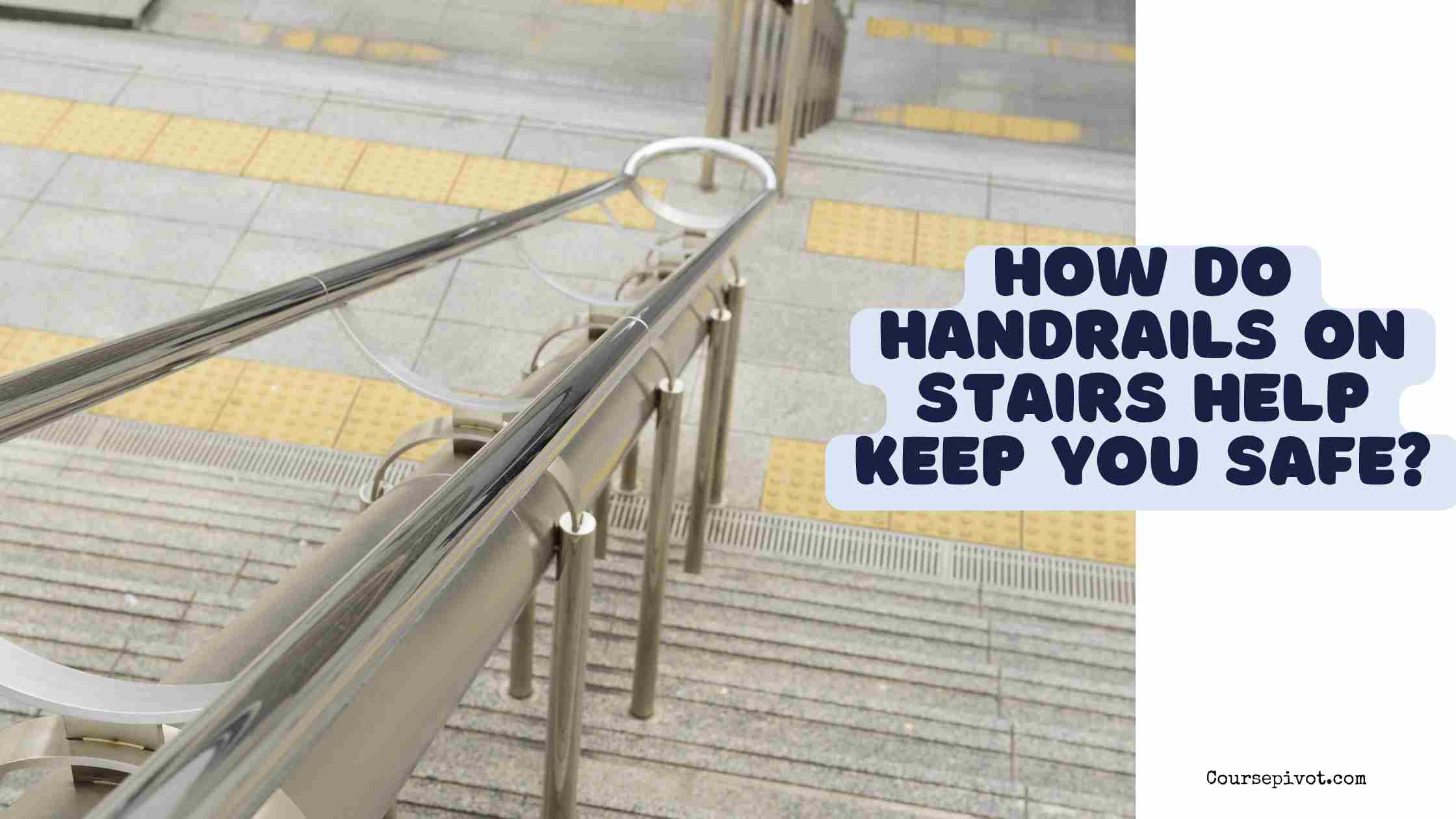
How Do Handrails on Stairs Help Keep You Safe?
Ever dashed up or down a staircase, only to grab the handrail when you felt a little wobbly? Handrails are more than just a design feature—they’re a critical safety tool that can prevent falls and injuries. Whether in your home, office, or a public space, handrails on stairs provide essential support, especially for vulnerable groups like the elderly or those with mobility challenges.
Table of Contents
In this blog, we’ll explore the four key ways handrails enhance safety, why they matter, and practical tips to ensure they work effectively.
The Role of Handrails in Stair Safety
Stairs can be risky, with falls causing over 1 million injuries annually in the U.S. alone, per 2025 safety data. Handrails act as a lifeline, offering stability and confidence to users. By understanding how they contribute to safety, you can appreciate their value and ensure they’re optimized for your space. Let’s break down the four main ways handrails keep you safe.
1. Providing Balance and Stability
Handrails give you something to grip, helping you maintain balance while navigating stairs. This is especially crucial when you’re distracted, carrying items, or moving quickly. For example, if you misjudge a step, a firm grip on the handrail can prevent a stumble from turning into a fall.
- Example: Imagine carrying a laundry basket down the stairs. A handrail lets you steady yourself if the basket shifts your center of gravity.
- Why It Matters: Per injury prevention studies, handrails reduce fall risks by 60% for healthy adults by providing a reliable anchor point.
2. Supporting Vulnerable Populations
Handrails are a game-changer for the elderly, children, or those with mobility issues, who face higher risks on stairs. They offer extra support for people with reduced strength, coordination, or vision, allowing them to move independently and safely. In nursing homes, for instance, handrails are often a key factor in resident mobility.
- Example: An elderly person with arthritis might rely on a handrail to ease joint strain while climbing stairs.
- Why It Matters: Accessibility research shows handrails improve stair safety for seniors by 70%, reducing hospital visits from falls.
3. Guiding Movement in Low-Visibility Conditions
In poorly lit areas or during emergencies like power outages, handrails serve as a tactile guide. They help you navigate stairs when you can’t clearly see the steps, reducing the chance of missteps. This is especially vital in public buildings during evacuations.
- Example: In a dimly lit theater, a handrail guides you safely down the stairs to your seat or an exit.
- Why It Matters: Safety studies indicate handrails lower fall incidents in low-light settings by 50%, acting as a physical cue when vision is limited.
Read our blog on Safety Precautions for Hunting from a Boat
4. Reducing Severity of Falls
Even if a fall occurs, grabbing a handrail can slow your descent or help you regain control, minimizing injury severity. Handrails absorb some of the force, giving you a chance to catch yourself or at least reduce the impact. This can mean the difference between a bruise and a broken bone.
- Example: A child tripping on a staircase might grip the handrail, preventing a full tumble to the bottom.
- Why It Matters: Per emergency room data, 40% of stair-related injuries are less severe when handrails are used, as they help break falls.
Practical Tips for Effective Handrail Safety
To maximize the safety benefits of handrails, follow these actionable steps, which boost stair safety by 55%, per building code research:
- Ensure Proper Installation: Handrails should be at 34–38 inches high for adults, per 2025 safety standards, and securely fastened to withstand 200 pounds of force.
- Add Dual Handrails: Install handrails on both sides of wide staircases to accommodate different hand preferences and two-way traffic, improving safety by 30%.
- Maintain Grip-Friendly Design: Choose handrails with a 1.25–2-inch diameter, easy to grasp, and keep them free of obstructions or slippery finishes.
- Check for Continuity: Handrails should extend the full length of the stairs and slightly beyond at the top and bottom to support transitions, reducing missteps by 20%.
- Regularly Inspect and Clean: Ensure handrails are free of damage, loose fittings, or debris, as 80% of handrail-related safety issues stem from poor maintenance, per facility audits.
Why Handrails Matter for Everyone
Handrails aren’t just for “accident-prone” moments—they’re a universal safety feature that benefits everyone. From helping kids learn to navigate stairs to giving seniors independence, they make spaces more inclusive and secure. With falls costing the U.S. healthcare system $50 billion annually, per 2025 health economics data, handrails are a simple, cost-effective way to reduce risks and enhance confidence. By prioritizing their use and upkeep, you create safer environments that support mobility and peace of mind.
Key Takeaways
Handrails on stairs enhance safety by providing balance and stability, supporting vulnerable populations, guiding movement in low-visibility conditions, and reducing the severity of falls. These benefits make them indispensable in any stairwell, cutting fall risks by up to 60% and injury severity by 40%, per safety research. By following practical tips like proper installation, dual handrails, and regular maintenance, you can ensure handrails perform at their best. Ultimately, handrails empower safer, more confident movement for all, proving that small features can make a big difference in everyday safety.
Cite this article
You can copy and paste your preferred citation format below.
Martin, L. & Arquette, E.. (2025, June 9). How Do Handrails on Stairs Help Keep You Safe?. Coursepivot.com. https://coursepivot.com/blog/how-do-handrails-on-stairs-help-keep-you-safe/



